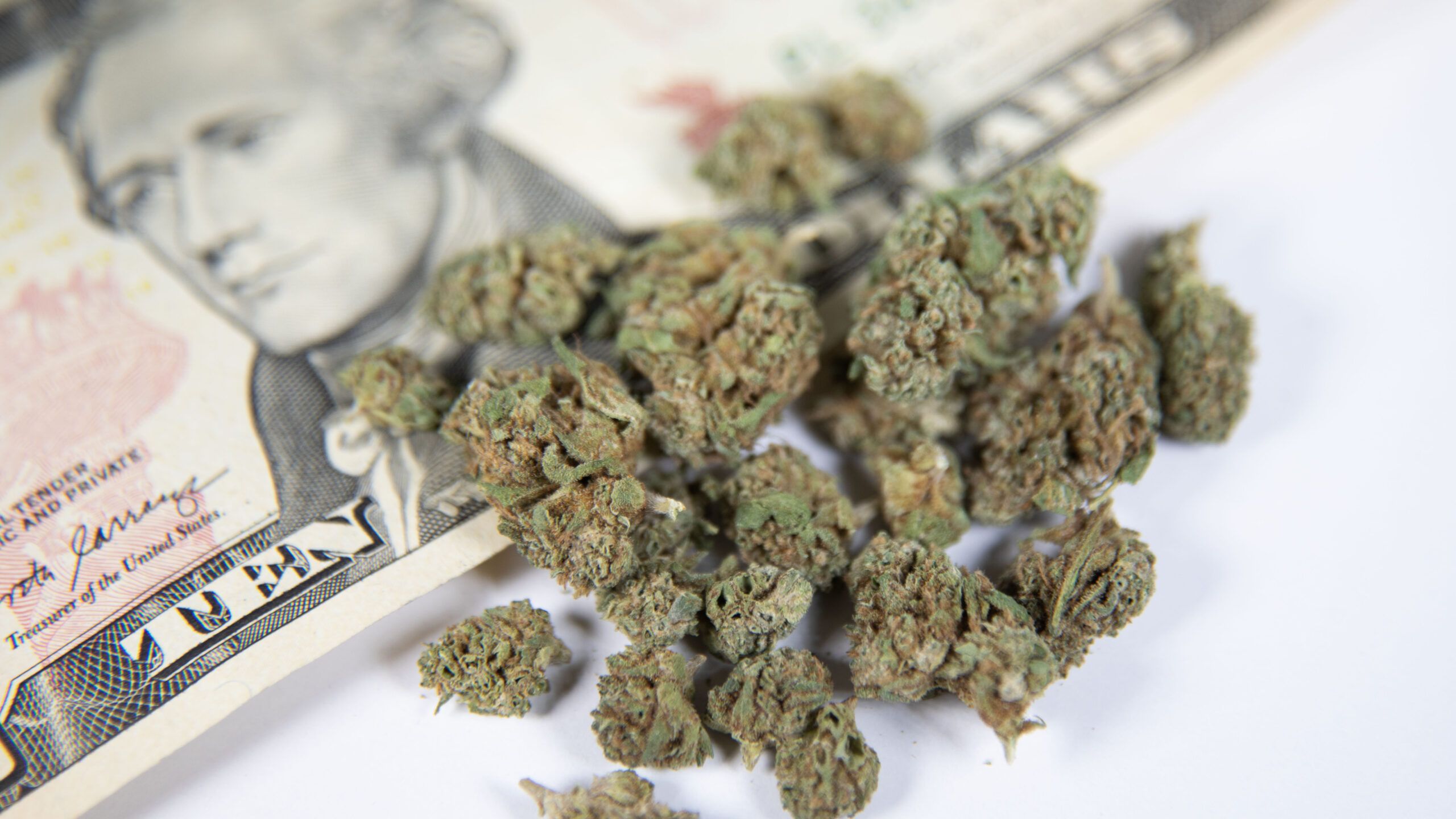In the modern age, where nearly anything we desire can arrive at our doorstep with a few taps on a smartphone, on-demand delivery services have redefined how we interact with the world. From retail to food, this convenience revolution promises us time saved and lives simplified. But as we revel in this era of instant gratification, it’s worth asking: Are we truly better off, or is there a hidden cost to this convenience?
The Benefits: A Society in Motion
The appeal of on-demand delivery is undeniable. With services like Amazon Prime, DoorDash, and Instacart, the time-consuming errands of yesteryear have been replaced by a seamless, app-driven experience. For busy professionals, parents, or those with limited mobility, this accessibility can be a lifesaver. Groceries, medications, or last-minute gifts can now arrive at the touch of a button, freeing up precious hours for work, family, or self-care.
The economic benefits are also significant. On-demand platforms have created jobs for millions, from delivery drivers to software developers. Local businesses can now expand their reach far beyond their physical location, using platforms like Uber Eats or Postmates to compete with larger chains.
The Hidden Costs
However, convenience often comes with consequences. For one, the environmental impact of the on-demand economy cannot be ignored. A surge in packaging waste and the emissions from delivery vehicles pose a significant threat to sustainability. While companies like Amazon and FedEx are experimenting with electric fleets and carbon-neutral initiatives, the industry’s ecological footprint remains vast.
Then there’s the issue of labor. Delivery drivers and gig workers often operate under precarious conditions, with inconsistent pay and minimal job security. The “gigification” of the workforce raises ethical questions about the long-term viability of such employment structures and whether companies are doing enough to protect the people who fuel their operations.
Socially, the culture of immediacy can foster impatience and entitlement. As we grow accustomed to having everything “on demand,” the value of planning, waiting, and delayed gratification risks being eroded. Additionally, this dependency on delivery services may contribute to a more sedentary lifestyle, furthering health concerns in an already screen-heavy era.
What the Future Holds
With technology advancing at breakneck speed, the future of on-demand delivery services is poised for transformation. Autonomous drones and delivery robots are already being tested, promising faster and more sustainable deliveries. AI-driven algorithms could make these services even more personalized, anticipating our needs before we do.
But with these advancements comes a need for balance. Policymakers and industry leaders must prioritize sustainability and workers’ rights to ensure that the benefits of on-demand services don’t come at an unsustainable cost. As consumers, we also bear responsibility—to support ethical companies, minimize waste, and recognize that convenience is a privilege, not a right.
A Double-Edged Sword
On-demand delivery is undoubtedly one of the defining features of our era, encapsulating the convenience and ingenuity of modern technology. Yet it also mirrors society’s deeper struggles—balancing progress with responsibility, convenience with consequence.
As we hurtle toward an even more connected and automated future, the challenge lies in harnessing the best of these services while mitigating their pitfalls. After all, the true measure of progress is not how quickly we can receive what we want, but how thoughtfully we can achieve what we need.





